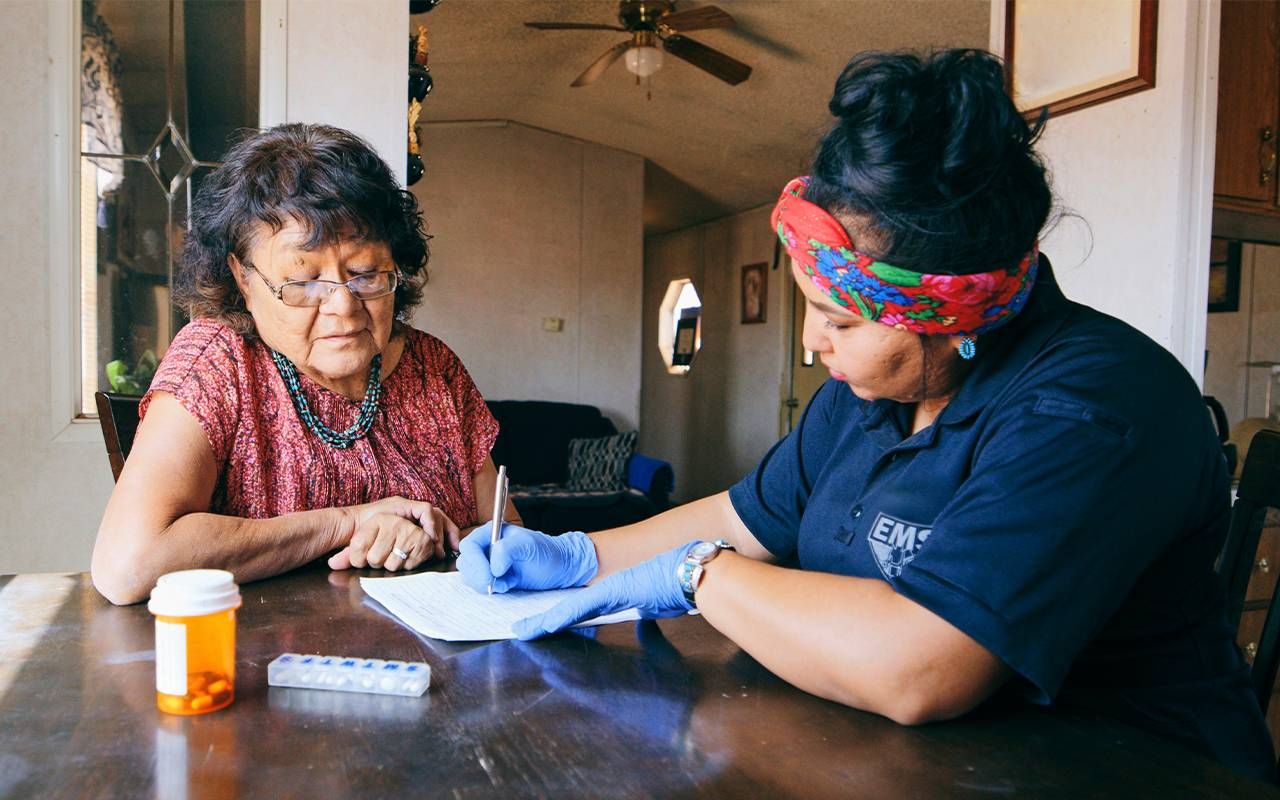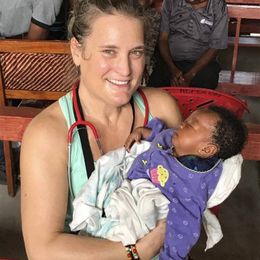Caring for the Culturally Diverse Patient
As the basis of society, culture brings cohesion and value and must be considered in health care and caregiving
We all have a culture we belong to, a group of people sharing our customs and traditions, social norms and values. Culture defines a community of people; it is the basis of society and brings cohesion and value to the people who belong.

People are born into a culture based on ethnicity and geographic location but make cultural choices throughout life based on their desires and beliefs. Moreover, culture is a set of social norms and values that bond groups of people together and may define an individual through the group standard.
People experience a sense of belonging, purpose and acceptance within their cultural groups. Shared language, ethnicity, religion and family structure, food, music and traditions are passed on from generation to generation, building the culture and strengthening the bonds. In other words, culture is the tapestry of life.
Culture in Hospitals
Hospitals have a culture of patient care and healing through a regimen of medical personnel, policies and procedures. The hospital where I worked as a nurse employed various ethnic groups. I live in the Puget Sound area, and I describe this area as a "melting pot." This is a culturally diverse region, and the hospital staff reflects this.
However, this isn't the case nationwide, especially in rural areas. The cultural diversity of a hospital is directly related to the community's demographics. On my Med/Surg unit, our nursing staff represented all continents and many countries.
I remember one year on my birthday that each nurse sang to me "Happy Birthday" in their own language. It was an amazing experience that I will never forget. No matter what nationality these nurses originated from, they each had a song to sing.
My hospital was just a few miles from Sea-Tac International Airport, and we received all the sick travelers who needed hospitalization. It was common to have non-English speaking patients in an unfamiliar place with no family or support system available. In addition, they may have had a new illness and little understanding of what was happening to them.
The first step in closing the cultural gap with a person in the hospital setting is conveying care and empathy.
Our culture may be foreign, but we, as caregivers, understand their distress and are trained to empathize and reduce anxiety as best we can. Feeling alone and misunderstood when people are "out of their element," they are also out of their culture. Their societal values, traditions and beliefs may differ, as well as their language and ethnicity.
The first step in closing the cultural gap with a person in the hospital setting is conveying care and empathy. Translators are made available as soon as possible to all non-English speaking patients. Whenever available, the family should be included in the patient's care.
The best-case scenario is a family member acting as an interpreter for the patient. They can inform the patient about hospital routines, convey their needs and ensure their understanding of vital information.
Furthermore, food is a big part of everyone's culture, and having food brought in from home can make a dramatic difference in the patient's comfort level and healing. Small items may be brought from home to help create a more familiar and homelike environment.
Cultural Competency in Health Care
Cultural competency is the ability to respectfully provide quality health care with compassion and understanding to people of differing cultures.
Health care facilities nationwide are required to give yearly training for all staff and supply the needed tools to provide the best health care experience possible for culturally diverse patients.
The U.S. Department of Health & Human Services has developed "standards in health care that are intended to advance health equity, improve quality, and help eliminate health care disparities by establishing a blueprint for health and health care organizations."
Upon admission, every patient is asked a series of questions to determine if specific religious or cultural needs are present. The reality of these identifiers is that people rarely can define their "differing cultural needs," especially when the person doesn't speak the language. Some cultural differences are obvious, but many are only known with a deeper understanding of the patient.
Religious beliefs can be an essential aspect of the patient's culture, and certain beliefs may play a role in determining health care. Most hospitals in larger communities have a chaplain on staff to help meet a patient's spiritual needs regardless of differing beliefs.
Honoring the patients' spiritual beliefs and cultural norms is vital to providing patient-centered care.
Who's the Decision Maker?
Some cultures have a specific family member as the decision-maker for the patient: the oldest son, daughter or even the elderly male in a family lineage. In extreme circumstances, lifesaving medical care can be – and has been, in my experience — refused by the "powers that be" in the family unit.
Experiencing vastly different cultures is how we learn to think outside ourselves.
Recently, in a neighboring town, a woman lost her life in childbirth because prominent male figures in her culture refused her medical care. She was married, but her husband was not one of the men in the decision-making group and had no say.
This is an extreme circumstance, but cultural beliefs are ingrained deeply into many people, and moral and ethical dilemmas can occur in certain instances. For example, the plight of women in Arab nations is a known fact; men who may not be related to them can be in charge of their lives.
When this type of contrasting morality occurs in the health care setting, the United States laws will prevail, provided the time is available. Sadly, in this women's case, time was of the essence. Not only did this young woman lose her life, but a moral injury was done to the health care providers, and cultural differences in decision-making practices severely altered many lives.


